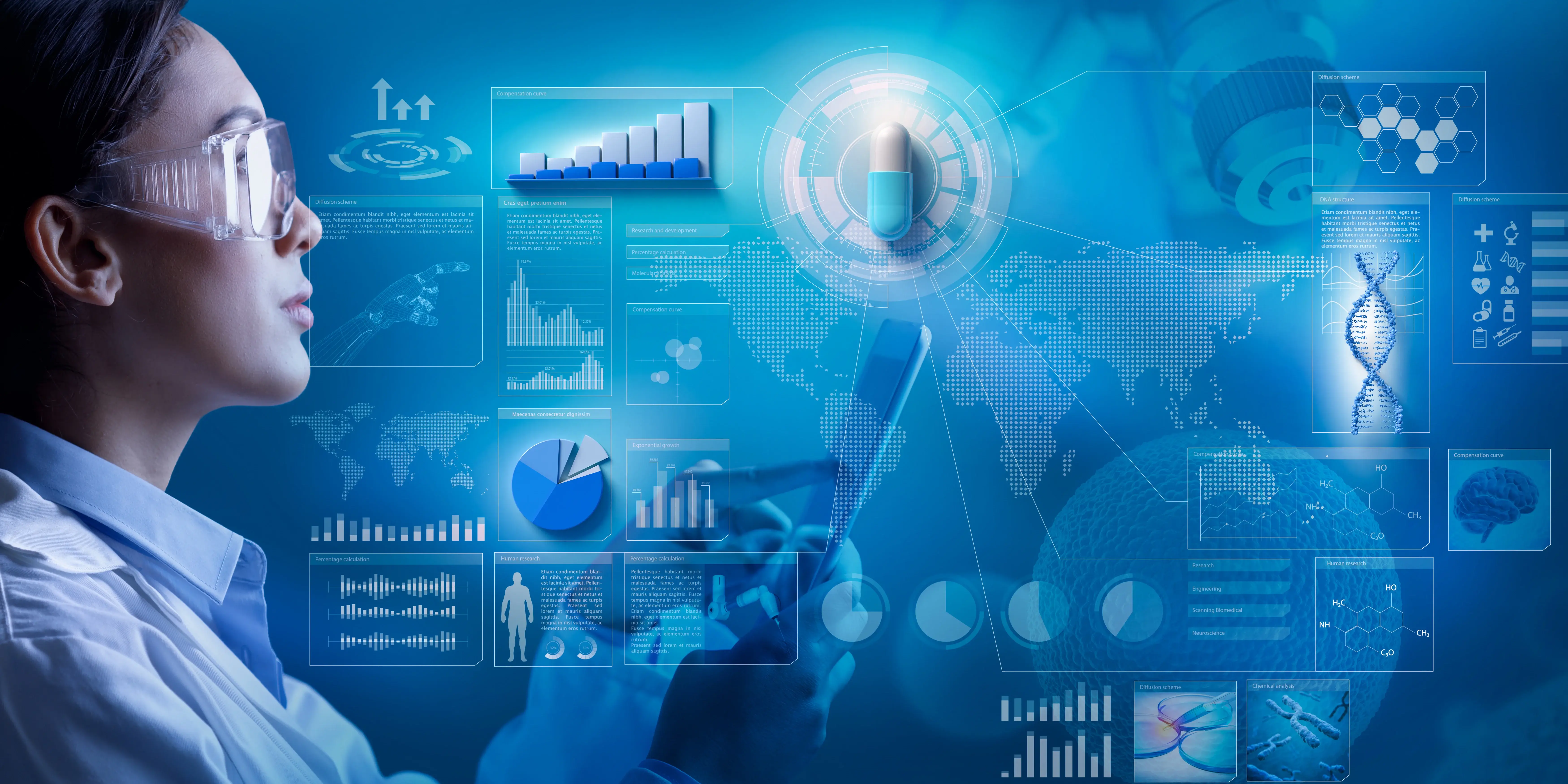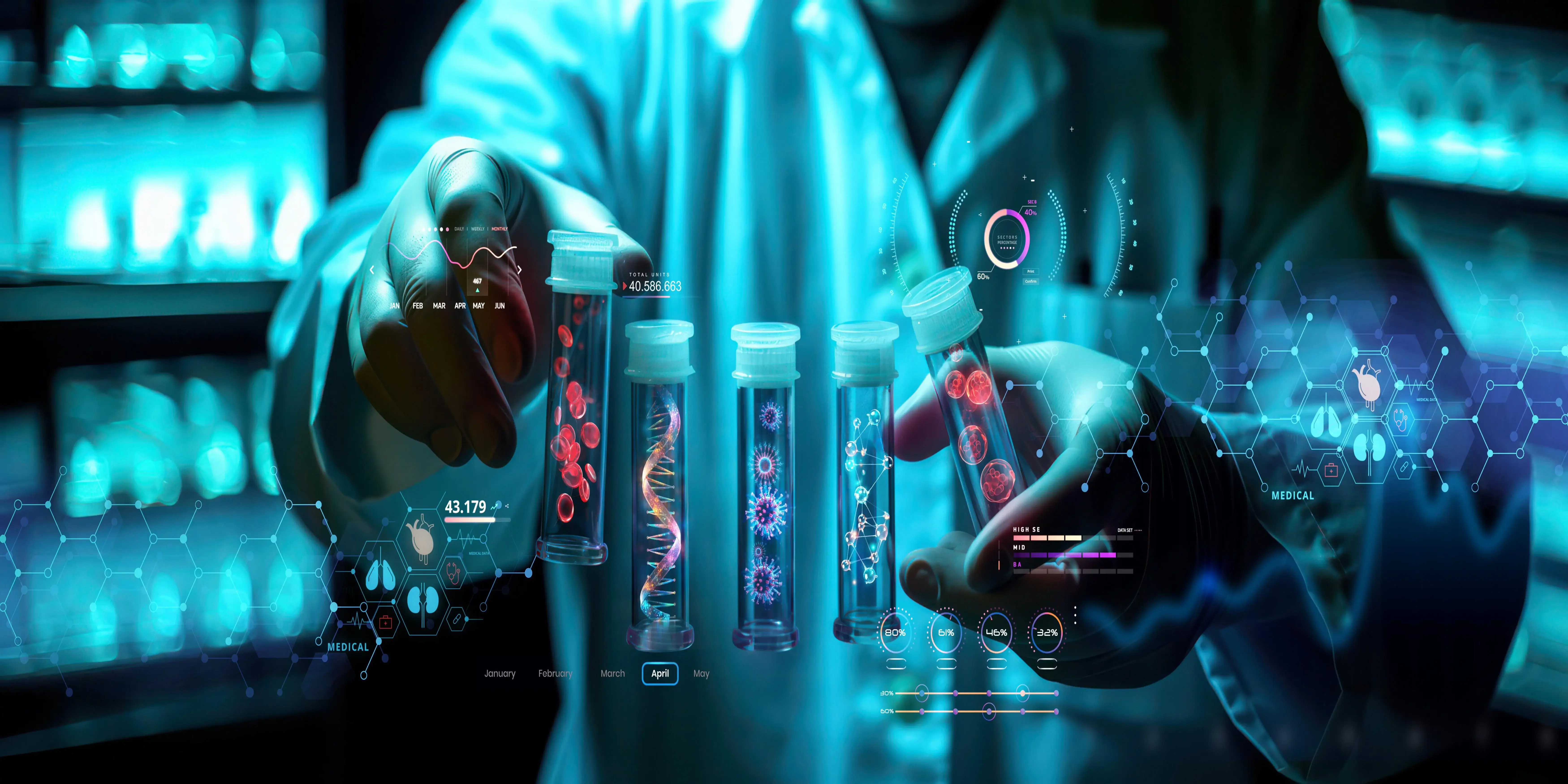The security, authentication and identification technologies of this present world is reliant on the biometric technologies. This technology has exploited particular characteristics that can be found in biological materials thereby providing incomparable accuracy and ease in a high number of sectors. Applications for these technologies-the list includes facial recognition, fingerprint recognition, and all points in between-between industries range from government, finance, and health to name a few. This essay is deep into the many parts of biometric solutions to explore their relevance, uses, and prospects.
Overview of Biometric Solutions
Biometric technologies authenticate and validate human biological characteristics in order to confirm the identity of an individual. The characteristics include voice scanning, iris pattern, fingerprints, facial recognition, and even DNA. As each person's features vary, biometrics is a very accurate method for information security as well as identification.
Characteristics of Biometrics
Accuracy, reliability, speed, and ability to perform identity verification; these are the main attributes of biometrics. The biometric systems offer a safer and better way of managing sensitive data as it avoids the traditional requirements for password and PIN.
Types of Biometric Modalities
The most prevailing biometric modes to be implemented are voice recognition, iris scanning, facial recognition, and fingerprint scanning. Biometric modes may be developed singularly or in multiples for the generation of user experience and security in other applications.
Importance of Biometric Solutions
In the modern age of digitization, threats to security are constantly devised, and hence biometric solutions are of extreme importance. They are very well suited to protect financial transactions and personal data and national security systems because they tend to provide a nearly unreplicable layer of protection.
Applications for biometric solutions
Health
Biometric technologies bring about secure access to medical records, and authenticity of patients by reducing errors in medical practice. Face recognition and fingerprint-based authentication systems have increasingly been used to ensure patient confidentiality and security.
Banking and Finance
Biometric authentication is applied by the banks, like all financial institutions, to prevent frauds and secure transactions. More and more, biometrics-based two-factor authentication methods are embraced by them to ensure the security of clients' sensitive financial information.
Government and Law Enforcement
Government agencies and law enforcement use biometric solutions to identify citizens, control borders, and investigate crimes. Methods of fingerprinting and facial recognition have aided in the restoration of national security and even made it easier to solve crimes.
Technology Applied to Biometric Solutions
Biometric Data Collection
Biometric data collection, for instance includes gathering samples of physical attributes. Samples include fingerprints and face photographs stored for future comparative analysis.
Algorithms and Pattern Recognition
The mighty machines match the biometric data against the unique patterns. The machines compare those patterns against the stored data, and that authenticates identity for the user. So, the speed combined with the accuracy of a biometric system is indeed an expression of how efficiently the algorithms work
Machine Learning Integration
The increasingly ability to search for patterns by the machine is some aspect where machine learning predominantly contributes to the development of biometric solutions. And with every interaction, the algorithm learns to improve on accuracy and minimize false positives.
Challenges and Limitations of Biometric Solutions
The Privacy Issue
The possible invasion of privacy is one of the serious objections to biometrics. Since the biometric information is highly personal, the breach would be severe in case of its misuse or unauthorized access.
Accuracy and False Positives
Accuracy and false positives are always key issues in any type of biometric system. Here accuracy can be cited as whether the given biometric sample is valid or not but could refer to what extent the false response is reduced. While trustworthy, biometric technologies are not infallible. Some errors that culminate in wrongful identification or denial of access will come out as false positives and false negatives.
Cost and Infrastructure
It's infrastructure-cost-prohibitive in terms of technology and training when it comes to implementing the biometric solutions. For smaller businesses or organisations belonging to less fortunate countries, biometrics will be hardly possible to adopt primarily because such an enormous amount of investment is involved.
Conclusion
Biometric solutions do make quite some progress about the comfort of users, authentication, and security. With such high usage of these systems, replete with some challenges, it reflects their importance in an increasingly digital and networked world. But the technology continues evolving, and hence solutions of biometric type would be inevitable for protection of sensitive information, easy access to controls, and all in all security. It holds much promise for the future of this technology because it is due to multi-factor authentication and contactless devices.



